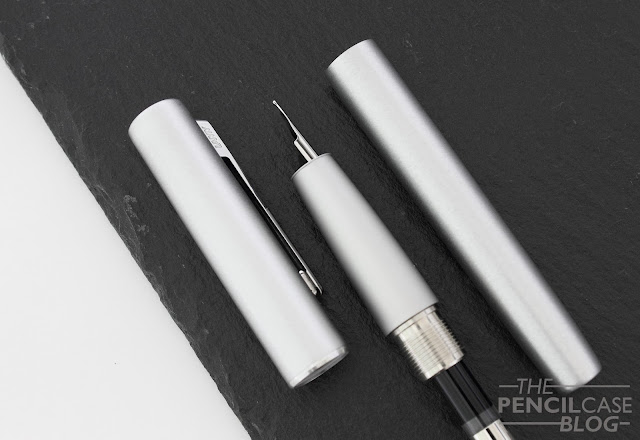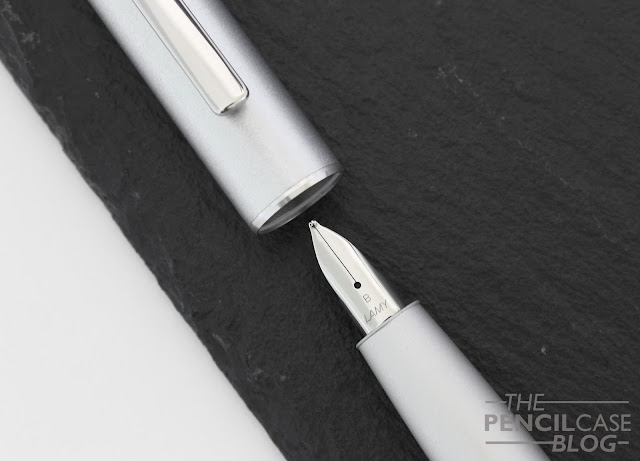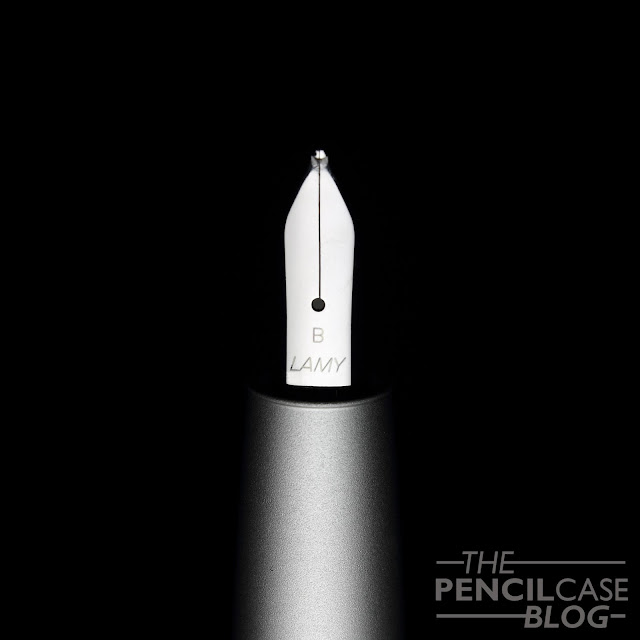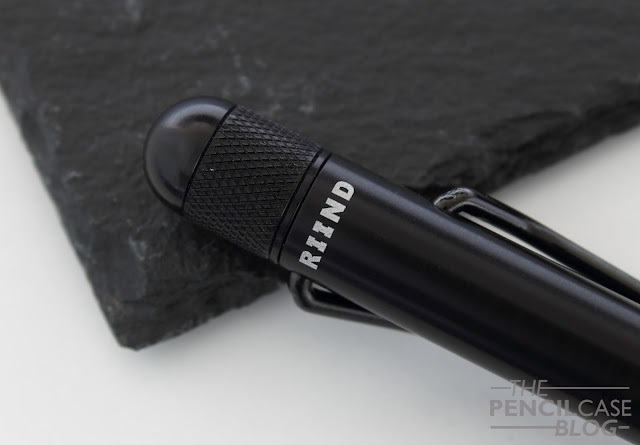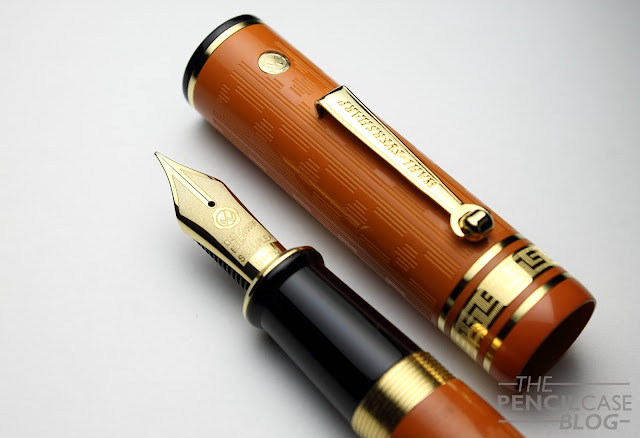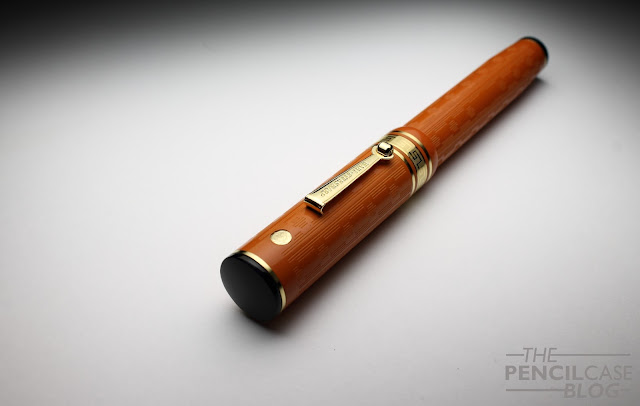It's finally time to take a look at the Lamy aion. I originally intended to write a review immediately after the release. Well... in the end it took me a lot longer than expected. Theoretically that's a good thing though: the longer I take to write a review, the better I like the product! In case of the Lamy aion, that rule certainly applies.
The Lamy aion faced somewhat of a cold, 'meh' response when it was first announced. My reaction, on the other hand, was definitely filled with a lot more excitement. I'm quite partial to the brand of course, I'm sure you know if you've been following this blog for a while. So don't take my word for it.
Lamy receiving flak with new releases seems to be a recurring theme (Remember the debacle with the 2000 Anniversary Black Amber?) When Lamy announced the aion, it was immediately written off as the lovechild of the Lamy 2000 and Studio, a pen that -I quote: "lacked creativity".
Honestly, I never really understood the comparison with the 2000 and Studio in the first place, because they are nothing alike in my opinion. But most of all, I thought the criticism about the lack of creativity was rather unfair. Lamy is known for pure and minimal designs. It's their style and that's either something you like or not. If you expected flashy materials (ok, ignore the Safari and Al-Star for a moment) or elaborate details, that was guaranteed to end up in disappointment.
Let's cut straight to the chase: I think Lamy did a fantastic job on this one. It's not a design to turn heads, but again that's not Lamy's style. It's large -I'll get back to that in a minute- yet in all its' robustness and bulky appearance, they managed to make it appear elegant and sleek.
If anything, it's not the symbiosis of the Studio/2000 but the design style of Apple products that this pen reminds me of. The deep-drawn unibody aluminium barrel and cap give the pen a seamless look, as does the monotone color and use of multiple textures. I really like how they worked with contrasting finishes: brushed aluminium on the body and a satin finish on the grip section. It combines nicely and is finished with a contrasting chrome-plated ring on the cap.
The simple, rectangular clip is somewhat similar to the one on the Lamy CP1, but has more rounded corners. Actually rounded corners are quite the central theme on the aion. Between the rounded finials on the cap and barrel, and the rounded edges on the clip, it also marks the introduction of a new nib design with, you guessed it... a more rounded profile!
 |
| Standard design on the left, new Aion nib on the right |
All in all, the nib doesn't look much different from the standard one. But I have to admit that it works together nicely with the rest of the design elements on this pen. The aion is a pretty complete package with a very minimal, peaceful design. Regardless of what some may think of it, I think the design is quite on point.
The only part about this pen I don't like is the name of the silver version: 'Olive Silver'?. I don't know where they came up with the 'Olive' part, it's just silver.
 |
| L to R: TWSBI Eco, Pelikan M805, Lamy Aion, Lamy Studio, Lamy Safari, Lamy 2000. |
As I mentioned earlier, the aion is quite a large pen. It measures 14.3 cm (5.6") closed, and 13.7 cm (5.4") uncapped. It's not an overly girthy pen, with a grip section that averages at around 11 mm (0.43"). The aion has a completely metal build, and especially the solid metal section adds quite a bit of heft to give a total weight of 33 grams.
In terms of comfort, the aion is about as good as it gets! A long pen weighted around the section and no threads or step to interfere with your grip. It would've been even better if the section had the same subtle brushed texture as the rest of the pen. The satin finish is nice to hold, but it gets a touch slippery at times.
Now for that new nib. It really isn't that much of a difference from the old one in terms of performance. I've heard people find it smoother than the normal ones, but in practice I found little to no difference. That's not a bad thing though, I always enjoy using Lamy's nibs.
The steel nib strikes a fine balance between smoothness and feedback. Lamy nibs typically aren't overpolished, which in turn makes them reliable and consistent writers. That's what they are: simple, no-nonsense reliable performers. No fuzz, just like their designs!
The best part about the aion, I think is the affordability. The aion comes in at 49 EUR (71.2 USD), which positions it in between the entry-level Al-Star and more 'premium' Studio. Given the excellent, sturdy metal build quality and sleek design, I think that's a very fair price point, and it's worth your consideration if you're looking for an upgrade over the Safari or Al-star.
GIVEAWAY CLOSED! NOW FOR THE BEST PART: YOU CAN WIN A BRAND NEW LAMY AION FOUNTAIN PEN FOR YOURSELF, COURTESY OF CASA DELLA STILOGRAFICA! ALL YOU HAVE TO DO IS ENTER IN THE RAFFLECOPTER WIDGET BELOW. GOOD LUCK!
Note: I received a discount on the purchase of this product from sponsor Casa Della Stilografica. I was in no way influenced in the making of this review, the opinions shared in this review are completely my own! This post does not contain affilate links.






